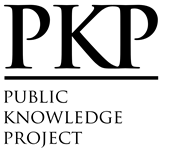APPLICATION OF TRANSLINGUALISM IN TEACHING SPANISH AS A FOREIGN LANGUAGE AT HANOI UNIVERSITY
Keywords:
Spanish, translingualism, teaching Spanish as a foreign languageAbstract
This article analyzes the application of translingualism in teaching Spanish at Hanoi University (HANU). Based on classroom observations, we found that both Vietnamese and foreign instructors use languages other than Spanish - such as Vietnamese and English - as mediums of instruction and for certain pedagogical activities. This approach enables students to better grasp complex concepts and fosters greater confidence in the learning process. The practice aligns with learners’ natural tendency to rely on their mother tongue or a familiar foreign language, especially at the beginner level, to facilitate access to a new language. It is grounded in the instructors’ translingual competence and aims to meet the demands of modern curriculum reform while remaining compliant with Vietnam’s educational policies. In practice, instructors adopt translingual approaches in moderation at lower proficiency levels. As students progress to higher levels, the use of translingualism is gradually reduced in favor of increased exposure to Spanish. While observations indicated that this strategy enhances students’ comprehension, it may also reduce their exposure to the target language and potentially delay their ability to use Spanish in communicative contexts.






